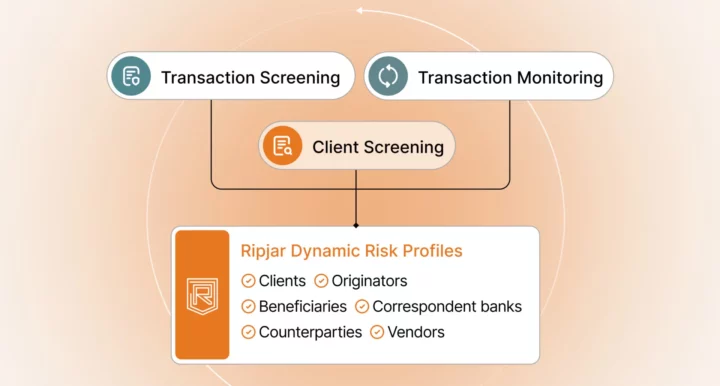Adverse media is an important tool in the fight against financial crime. News stories can reveal important information about a customer’s involvement in crime long before that information is officially confirmed by government or law enforcement sources. However, the scope of the adverse media landscape means that organizations must screen against a vast amount of information in order to ensure their customer risk profiles are as up-to-date and accurate as possible.
Managing adverse media is a significant administrative challenge. The incoming information may be incorrect, irrelevant, confusing, and contradictory, and organizations may expend significant effort attempting to scrutinize it effectively for actionable financial crime data. By contrast, screening solutions that are deployed with too narrow an adverse media focus may miss important stories, and develop potentially costly risk blindspots.
The power of categorization
Ideally, an organization should be able to categorize the adverse media information that they collect in order to cut down on administrative noise and to better gauge the significance of each story as part of the risk-based approach to regulatory compliance recommended by the Financial Action Task Force (FATF). Under a risk-based approach, organizations must assess their customers individually, and then deploy compliance measures commensurate with the risk that those customers present. Adverse media should inform that process, adding depth to customer profiles and serving to alert organizations of meaningful changes to the risk they present.
It is important to remember that categorization isn’t a one-size-fits-all solution: the accuracy and recall capabilities of the technology that an organization uses will have a significant effect on the outcomes of adverse media searches. A platform that uses sophisticated money laundering classifiers, for example, may be able to capture adverse media data with greater nuance and depth than a platform that uses more simplistic keyword searches.
Individual organizations will inevitably approach adverse media categorization differently, and in a manner that reflects their risk landscape. Similarly, organizations should understand how different categories of adverse media relate to their unique compliance concerns. With those factors in mind, an adverse media screening solution may organize stories into the following categories:
Criminal and non-criminal
While many adverse media stories denote explicit criminal liability, non-criminal adverse media stories may still be useful as a way of informing customer risk profiles or highlighting potential criminal liabilities that may emerge in the future. Similarly, the legal status of certain behaviors may change in the future or be classified as illegal in other jurisdictions.
Anti-Money Laundering risk
Adverse media may be sourced from the conventional screen and print media sources, or from a diverse landscape of online media sources. The categorization of analogue and online sources may inform the credibility of adverse A broad spectrum of news stories may be relevant to anti-money laundering (AML) risk, reflecting the number of predicate crimes that generate illegal funds. Grouping those stories together enables firms to quickly identify the criminal behavior involved, and to gauge the level of risk in relation to their customer or client.
Financial crimes
Financial crime covers a range of offences, including both civil and criminal risk. Some financial activities are explicitly illegal but may also reveal a customers’ involvement in other types of criminal behavior: bribery, for example, is often committed in connection to other crimes such as environmental crime.
Terrorist activities
A range of adverse media stories may reveal customer involvement in the financing of terrorist activities. Stories relating to terrorism may generate significant adverse attention and cover a spectrum of criminal offences – from reading or distributing extremist publications to perpetrating acts of terror.
Regulatory compliance violations
Serious regulatory compliance violations may generate adverse media and may even constitution criminal offences. The categorization of compliance violations, by seriousness or by type, is useful because news stories often feature connections to other criminal activities: reporting violations, for example, may indicate financial misconduct.
Predicate offences
Money laundering and terrorism-related crimes involve a range of predicate offences that have been criminalized in jurisdictions around the world. Predicate offences may generate significant adverse media and vary greatly in terms of seriousness. Sex crimes, for example, may include prostitution, trafficking, and the production of illegal material – all of which generate illegal funds and confer a range of criminal punishments. Similarly, offences such as drug trafficking, theft, cybercrime, and fraud also constitute common predicate offences for money laundering and terrorism.
WANT TO LEARN HOW RIPJAR CAN HELP WITH ADVERSE MEDIA SCREENING? PLEASE GET IN TOUCH.
Last updated: 16 August 2024





